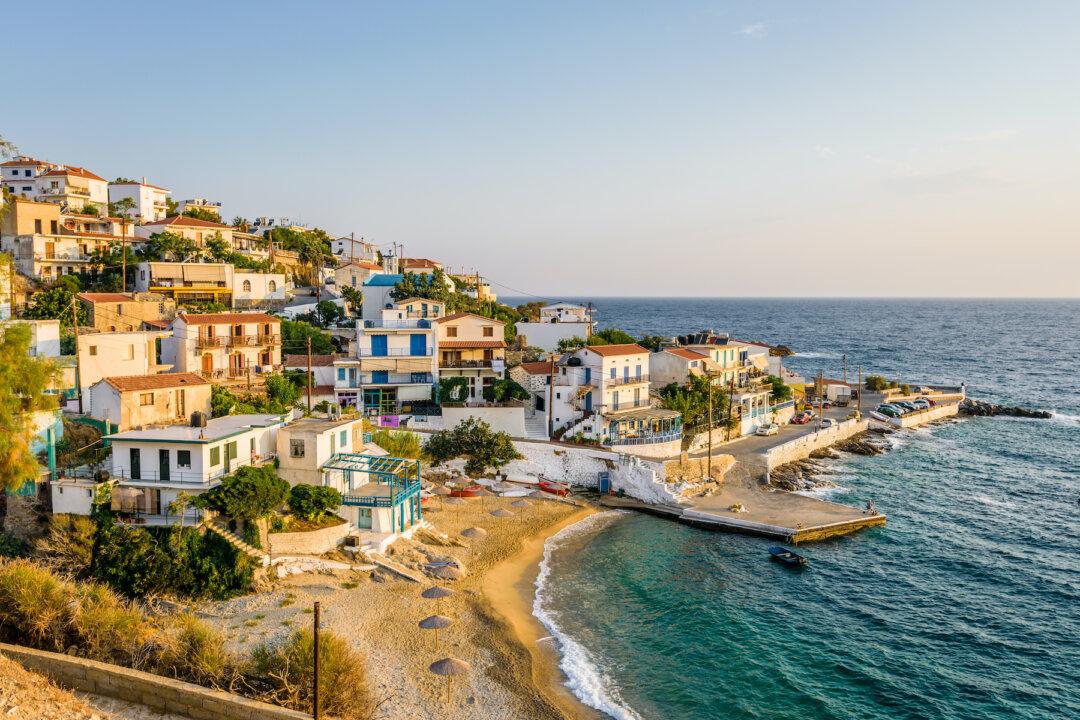“Lioness on your left, about 10 o’clock, 70 meters from us.” Attorny Vasco, projects manager for Wilderness, Botswana, was sitting in the back of our Land Cruiser, seemingly with his eyes closed. I had binoculars over glasses over eyes that were wide open, but even with six eyes, I saw nothing but gently swaying grass.
But then, something flicked. I focused my binoculars and zoomed in on the swishing tail of a lion, the first I had ever seen in the wild. Like liquid gold, it moved languidly toward us, weaving through grass that matched its fur perfectly. Soon, it was by our vehicle, its bourbon-colored eyes sizing us up. It held my gaze for a few seconds, and in those eyes, I caught a glimpse of my own cats and wondered afresh at the miracle of nature. Having had enough admiration, it padded away, its unhurried movements belying the 50-plus miles per hour it’s capable of when hunting.





